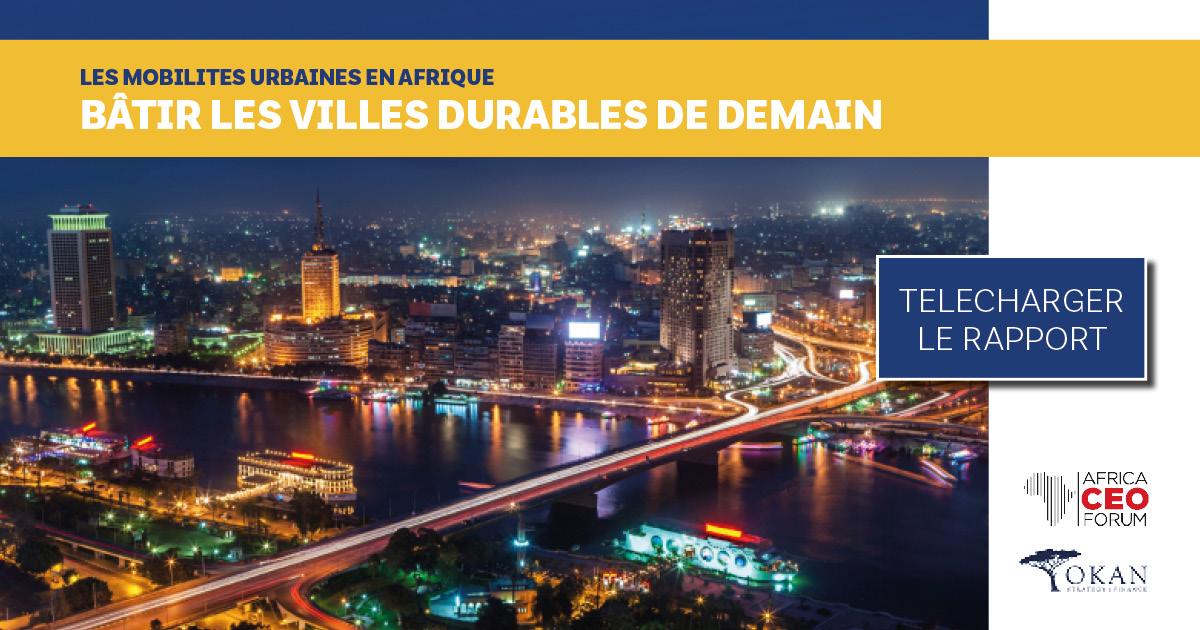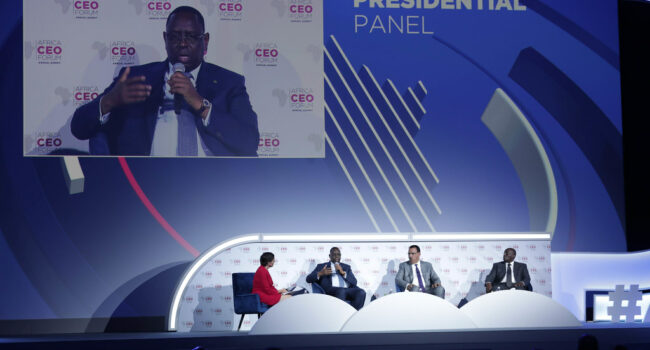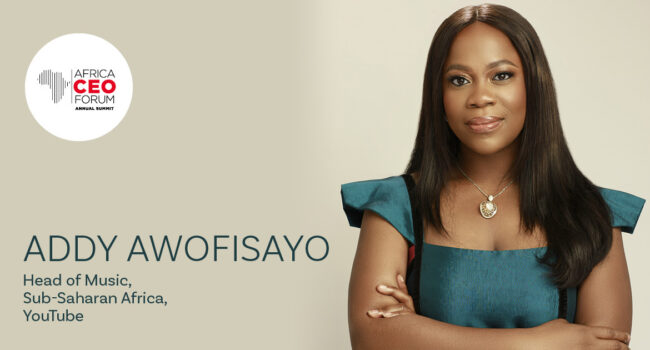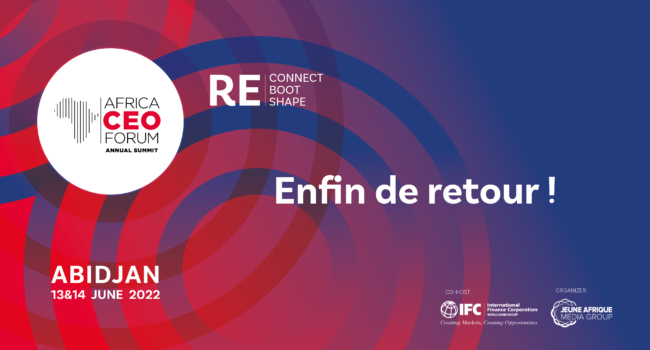Urban transport in Africa :
Building Sustainable cities for the future

As it has done for the last four years, the AFRICA CEO FORUM has teamed up with OKAN PARTNERS in conducting a detailed review of a major transport and logistics issue confronting the continent.
The 2022 edition focuses on the mobility challenges of African cities, a major concern with the demand for urban mobility infrastructure and services that is surging across the continent, driven by unprecedented demographic growth. Inspired by a sample of flagship projects, this report presents six recommendations to transform urban mobility and build tomorrow’s African cities.
THE 6 RECOMMENDATIONS
RECOMMENDATION 1 – PLANNING : ADOPT AN ECOSYSTEM APPROACH
Long-term planning is essential to developing coherent and integrated transport ecosystems and relies on four prerequisites: conducting a careful assessment of available options, comparing and choosing the best solution in terms of economic and social issues at stake, creating a suitable institutional framework, and training the necessary talents for the project’s success (particularly local urban planners). The Addis Ababa metro, which was launched in 2015, is an example of effective planning. Designed according to a multimodal approach (access to the city’s bus rapid transit system), it transports over 30 million passengers per year.
RECOMMENDATION 2 – FINANCING : SECURE PUBLIC CAPITAL AND PRIVATE SECTOR EXPERTISE
In African cities, capital expenditure is particularly massive due to the rapid pace of urban growth. Furthermore, when projects become operational, they fail to generate sufficient revenue to fully cover the operating expenses, which means that reaching the minimum threshold of economic viability is often a challenge. To ensure that projects break even, it is therefore necessary for the public sector to provide the bulk of the funding, bearing in mind that a future increase in land value will benefit governments and local communities in the long term. This public support should encourage private sector involvement in public-private partnerships (PPPs). The partnerships must be well balanced and designed, similar to the agreement between the Senegalese government and SNCF to develop the Dakar TER, a regional express train (110,000 commuters expected per day).
RECOMMENDATION 3 – OPTIMISE : CAPITALISE ON EXISTING SYSTEMS AND AVOID ‘WHITE ELEPHANTS’
Faced with the urgent need to improve their transport infrastructure but hindered by limited budgetary resources, African governments must, when possible, optimise their small-scale informal transport services and promote moderate-cost infrastructure projects with strong social benefits. One example is the ecofriendly cable car project being carried out by POMA in Antananarivo that will minimise the cost of land in a dense urban area.
RECOMMENDATION 4 – INNOVATION : LEVERAGE NEW URBAN MOBILITY TECHNOLOGIES
Urban mobility solutions and applications have proliferated over the last ten years. Yassir, the Algeria based “African Uber”, boasts nearly 3 million users and has raised close to $70 million in funding from dozens of venture capital firms in just a few years. The development of new technologies needs to focus on three objectives: promoting the platformisation and the integration of transport services using the Mobility as a Service (MaaS) model, embracing innovative fintech solutions to simplify payments and make it easier to fund mobility, and using data analysis to provide operators and authorities with a better understanding of the transport system.
RECOMMENDATION 5 – INCLUSION : MAXIMISE SOCIAL IMPACT AND INVOLVE ALL STAKEHOLDERS
Two conditions must be met to ensure that mobility projects are successfully implemented and benefit the largest number of people possible. First, project developers must secure the commitment of the different stakeholders to overcome points of contention, using the Johannesburg Bus Rapid Transit (BRT) system as a template. The operating company for the Johannesburg BRT, Litsamaiso, succeeded in aligning the interests of the different stakeholders by making local taxi unions shareholders of the company (alongside project developer PUTCO). Second, the projects must foster job creation, either through the transfer of know-how, as in the case of the Casablanca tramway that has 99% of local employees, or by enabling city dwellers of underserved areas to move closer to economic opportunities.
RECOMMENDATION 6 – SUSTAINABILITY : ESTABLISH SUSTAINABLE PROJECTS WITH RESILIENT MODELS
As sustainability is at the core of public and private decision-making, urban mobility projects must offer ecofriendly modes of transport and adopt resilient models to mitigate the climate risks hanging over African cities. Dakar’s 100% electric BRT is an example of a system designed to reduce greenhouse gas emissions



